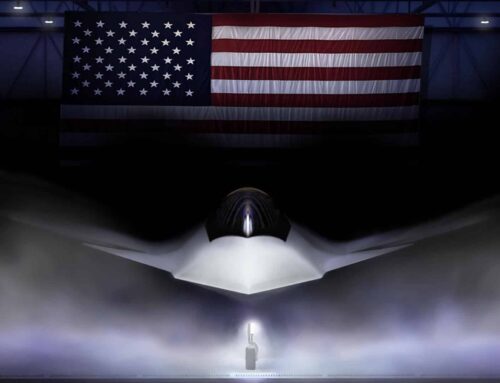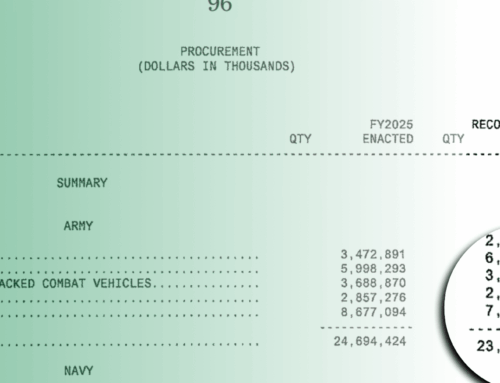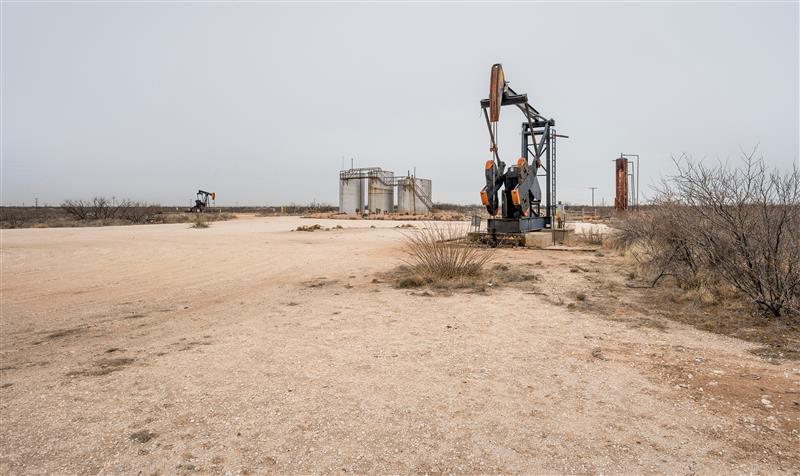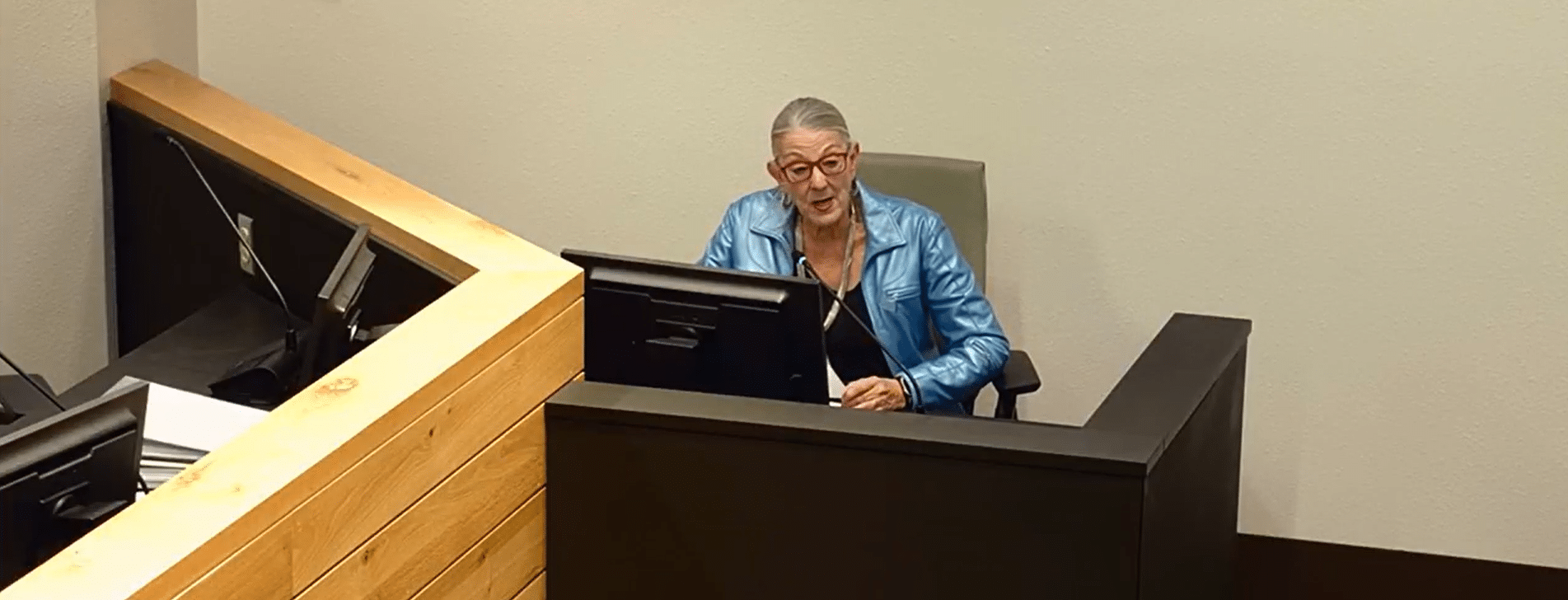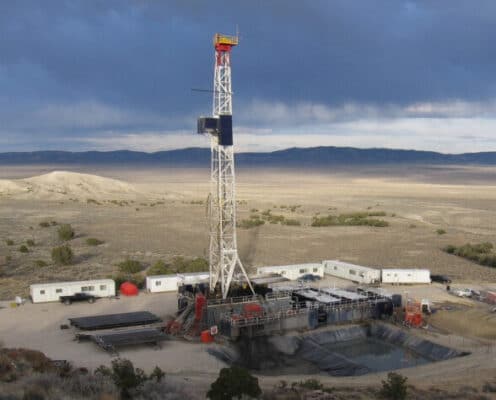A missile shield, or what some call national missile defense, is supposed to provide a multi-layered defense of the entire United States from a relatively small number of intercontinental ballistic missiles tipped with nuclear, biological, or chemical warheads.
The problem is that it doesn't work and severe technological obstacles have yet to be addressed effectively. The deployment of even a basic ground-based midcourse system by 2004 would fail to protect the United States against missiles fired from Iraq, Iran, Libya, China, or Russia. Plus, a bungled operation carries extremely dangerous consequences as blowing chemicals, biological spores or radioactive material into the atmosphere would risk killing thousands of people.
National Missile Defense is bad news for American taxpayers. The land-based portion of the system alone is expected to cost over $70 billion. About twenty developmental flight-intercept tests, which each cost $100 million and take a year to implement, are necessary before operational testing can begin. The entire package may total more than $200 billion, not even including anticipated cost overruns as a consequence of delays.
Realistically, an effective deployment will not be ready for at least another quarter of a century, and the program is already a year behind schedule. Pumping more money into the program will only increase pressure, which could set the project up for failure.
Pursuing missile defense also has severe foreign policy implications. Late last year President Bush withdrew the United States from the 1972 Anti-Ballistic Missile (ABM) Treaty to instead follow a policy of “preempti.png” and “defensive intervention.” No longer obliged to abide by the treaty, the president is now able to aggressively move forward with his plan to deploy this unproven missile shield.
Bush solved the Russia issue with the diplomatic equivalent of leaving a bride at the altar. After having spent more on national security since the end of the Cold War than the entire axis of evil combined, the US is now furthering the creation of a U.S. vs. the world scenario with our pursuit of missile defense. Bush's hardball diplomacy is even starting to alienate friendly nations, many of which regard the planned system as a threat to the unity of NATO and European stability. Even the United States' staunchest ally, the United Kingdom, is queasy about the program.
Recent concerns have been raised about the transparency and oversight of the Pentagon's National Missile Defense efforts. The Pentagon and Missile Defense Agency have taken steps to increase secrecy surrounding the project by classifying information about the project and not providing Congress with detailed cost estimates and timetables for research. Important information relating to test flights has been restricted as well.
The proponents also want to hide the fact that the missile defense system can't tell the difference between a missile and a simple balloon. In fact, not only is the Pentagon trying to keep the cost data of the missile system secret, they are also trying to classify this information to hide this massive flaw in the missile system. Now the agency wants to have the authority to, in effect, classify the fact that it cannot tell warheads from decoys.
Deployment of such an expensive, yet unproven system will drain national security of funds that could instead be directed to programs that will actually deter attacks. The Pentagon needs to reverse the growing trend of secrecy and nondisclosure regarding the billions of dollars being spent on this controversial program. Classifying the fact that there is no fiscal argument or technical evidence that can be used to make this billion dollar pig fly is a disservice to our nation.


